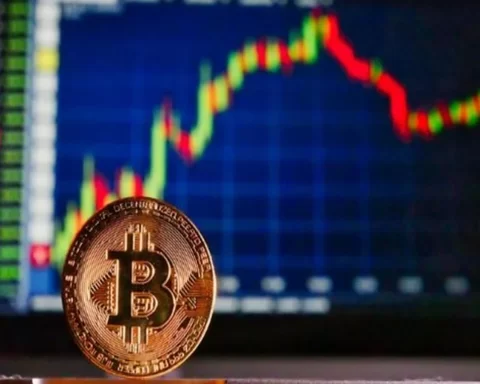Pump.fun co-founder Sapijiju has pushed back strongly against accusations that the Solana-based project cashed out more than $436 million in stablecoins, calling the claims “complete misinformation.”
The allegations originated from blockchain analytics firm Lookonchain, whose report suggested the project may have moved large sums of USDC to exchange wallets.
Sapijiju denied the interpretation in an X post, clarifying that none of the transferred stablecoins had been sold.
He said the USDC came from the PUMP token’s initial coin offering and that the movement reflected an internal treasury process rather than a liquidation event.
“What’s happening is a part of Pump’s treasury management, where USDC from the $PUMP ICO has been transferred into different wallets so the company’s runway can be reinvested into the business,” Sapijiju said.
“Pump has never directly worked with Circle.”
Treasury Processes or Sell-Off? Dispute Intensifies
Treasury management typically refers to how a crypto project organizes capital from revenue, reserves and crowdfunding.
How these funds are moved, stored and allocated can vary widely, and transfers do not always indicate selling pressure.
The Pump.fun founder argued that the redistributed funds were part of routine internal planning.
However, Lookonchain’s report carried considerable weight in the crypto community.
The firm claimed that since mid-October, wallets linked to Pump.fun had transferred $436 million in USDC to Kraken, sparking speculation of a major cash-out.
The timing raised additional suspicion because the transfers occurred as Pump.fun’s revenue fell sharply.
According to DefiLlama, monthly revenue dropped to $27.3 million in November, the lowest since July.
Mixed Analyst Reactions and Further Data Insights
Despite the controversy, data from DefiLlama, Arkham and Lookonchain showed that Pump.fun-associated wallets still held over $855 million in stablecoins and approximately $211 million in Solana.
Those findings reinforced arguments that the transfers did not represent an exit or wholesale liquidation.
Yet not all analysts were convinced.
Nicolai Sondergaard of Nansen suggested that the transfers could signal preparations for future selling, while EmberCN argued that the funds may have come from institutional private placements rather than market dumps.
Community Divided Over Motives and Transparency
The Pump.fun community expressed sharply divided reactions.
Some users accepted the treasury explanation, while others argued that the statement raised more concerns than it resolved.
X user Voss criticized conflicting elements in the co-founder’s post, writing: “Definitely didn’t just contradict yourself on a post you had 10 hrs to respond to.”
Another user, EthSheepwhale, dismissed the clarification and blamed Pump.fun for “price manipulation via airdrops,” pointing to the token’s continued decline.
PUMP traded at $0.002714, down 32% from its ICO price of $0.004, and nearly 70% below its September peak of $0.0085, according to CoinGecko data.
Others took a more neutral stance.
Some argued the focus should be on transparency regarding reserves rather than internal wallet flows.
User Matty.Sol defended the project’s autonomy, writing, “Nothing wrong even if it’s true. It’s your own revenue tho.”
Another user, Oga NFT, said treasury movements were common after ICOs and that the real question was whether stablecoin reserves properly backed the circulating supply.
Calls for Audits Grow as Industry Scrutinizes the Case
The dispute has sparked renewed calls for third-party audits and real-time reserve disclosures, especially for large projects operating in the memecoin sector.
For now, Pump.fun maintains that its treasury actions have been misinterpreted, while Lookonchain’s analytics continue to influence public perception.
As the debate continues, the controversy highlights the growing tension between transparency expectations and treasury autonomy within the crypto industry.




